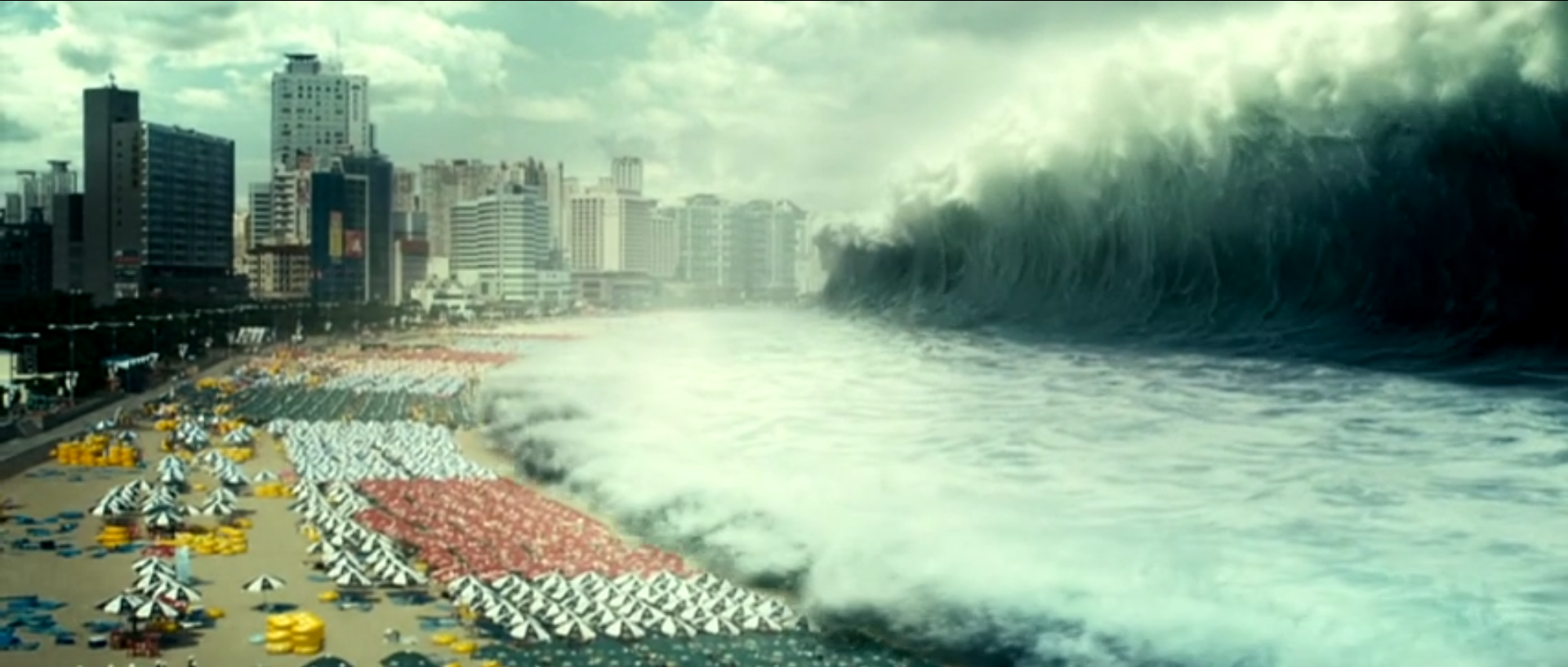

The oceanic tides and waves are as a result of the effects of the rotation of the earth on its axis, combined with the gravitational force of the sun and the moon. It is no brainer that the oceanic tides and waves used to generate the tidal wave power occurs naturally. One of the significant advantages of tidal wave energy is that it is renewable. Pros of tidal wave energyīelow are the many advantages of using tidal wave energy. In order to understand the true components of tidal energy, we need to evaluate both the pros and cons about tidal wave energy. Without much further ado, let’s now look at the numerous tidal wave energy pros and cons. A process called Influx of energy is used to utilize the power from the sea waves.A technology that converts wave power into electricity is called Wave Dragon, and the name of another wave energy converter is Oyster.Another remarkable fact about ocean energy is that oceanic waves have the highest energy density compared to all the other alternative sources of energy.The kilowatts (kW) per meter of coastline in the city or the country are used to measure the potential of wave energy in an area or a country.Tidal wave energy is that it can be obtained either from lower in the sea from the pressure changes or at the surface of the sea from waves.The tidal wave energy plants can be set up in three different points in the ocean or sea to capture the wave energy which includes: nearshore, offshore and far offshore.When the energy is obtained, it is converted into clean energy. Underwater turbines are placed in areas where there is a high level of tidal movements to capture the kinetic motions of the surging and ebbing of the oceanic tides. A phenomenon fact about wave energy is that if winds blow across the surface of the ocean, they produce waves which are then converted to energy.Interesting facts about tidal wave energyīefore we dive into the details of tidal wave energy pros and cons, let’s have a look at some interesting facts about tidal wave energy.

Girard and son patented the first idea about wave technologies in 1799 in France. Special buoys, turbines, and other tidal energy generators capture the tidal wave energy and convert it into clean, pollution-free electricity. Tidal wave energy is the power produced by the waves and tides. Tidal wave energy which is one of the least advanced yet holds the most potential clean, eco-friendly energy is still in its infancy stages. Throughout the world, there is a growing drive to create green energy from renewable sources to replace the non-renewable energy sources that are not only depleting but pose a threat to the environment. In this article, we will discuss some of the basic facts about tidal wave energy as well as the many tidal wave energy pros and cons. One of the latest revolutions is the capture of green energy from the oceanic tides and waves.


 0 kommentar(er)
0 kommentar(er)
